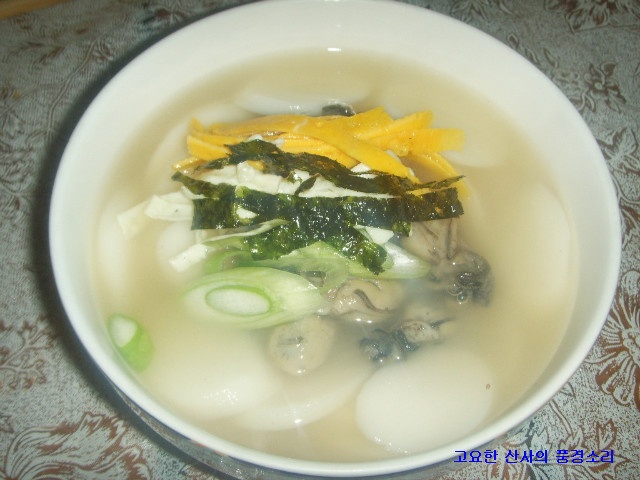
Oyster rice cake soup
Dip delicious oysters that gained weight in winter into tteokguk! It's oyster rice cake soup that's boiled even cooler. The broth is made with anchovy broth and oysters are added to make it cleaner and lighter. If you mix chewy rice cake soup, yellow egg garnish, and savory seaweed together, it tastes just like honey.
4 serving
Within 60 minutes
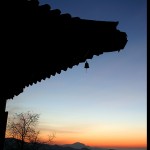
저녁노을
- Ingredients
-
-
anchovy broth3cup
-
Bar rice cake300g
-
egg1ea
-
Kim1piece
-
Oyster100g
-
leeklittle
-
- Cooking Steps
-
STEP 1/6Add anchovies, onions, green onions, and kelp and make broth.
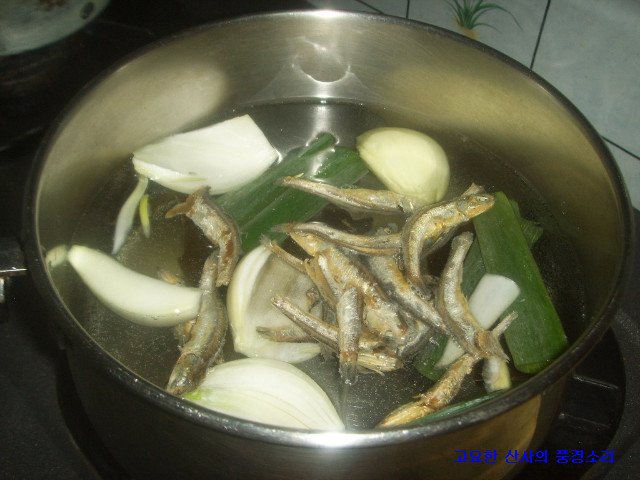 STEP 2/6Separate the egg whites and yolks and fry the egg.
STEP 2/6Separate the egg whites and yolks and fry the egg.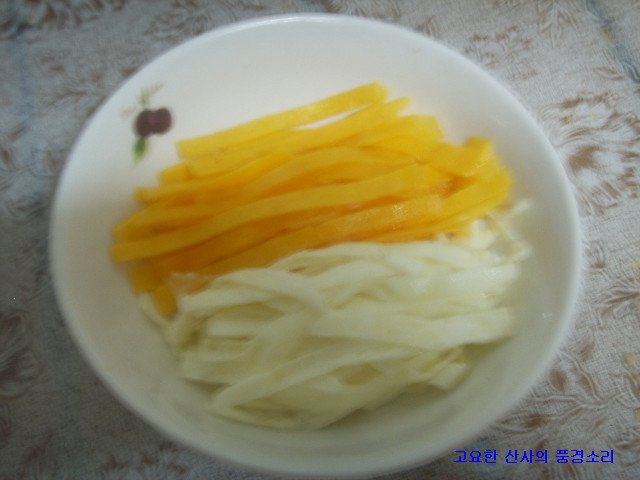 STEP 3/6Grill green onions and seaweed and cut them into small pieces.
STEP 3/6Grill green onions and seaweed and cut them into small pieces.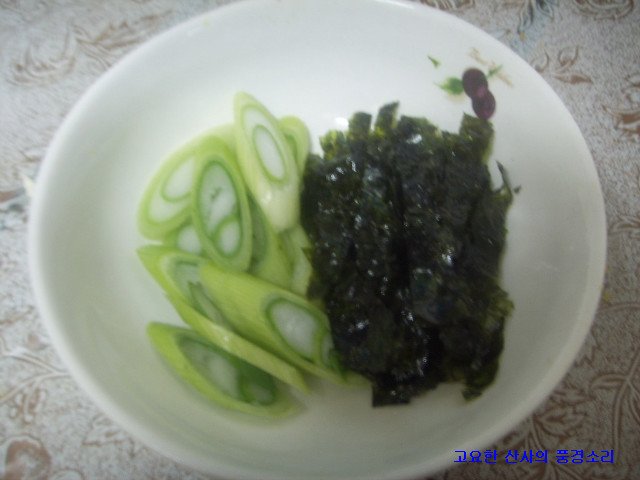 STEP 4/6Oysters are also boiled and prepared as garnish.
STEP 4/6Oysters are also boiled and prepared as garnish.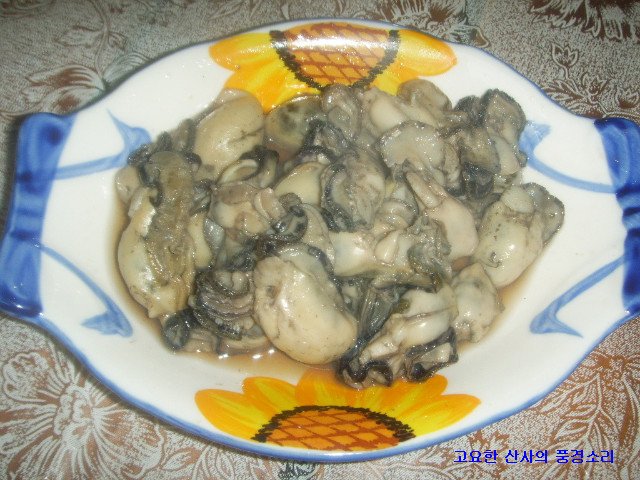 STEP 5/6Soak rice cake in water, boil it when the broth boils, and put oyster garnish on it first.
STEP 5/6Soak rice cake in water, boil it when the broth boils, and put oyster garnish on it first.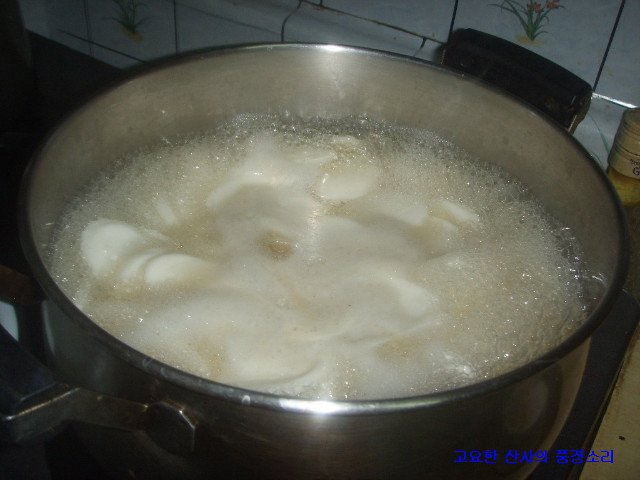 STEP 6/6Place oysters, egg garnish, and seaweed flakes on top to complete.
STEP 6/6Place oysters, egg garnish, and seaweed flakes on top to complete.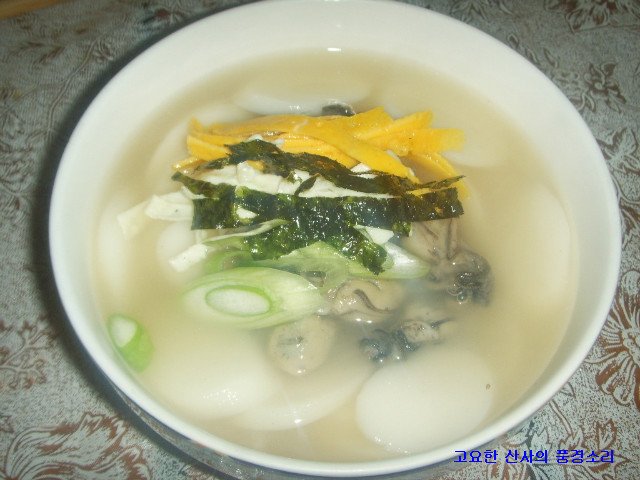 Rice cake soup is a representative food of the Lunar New Year, and since ancient times, the Lunar New Year has originated from cooking clean white rice cakes, which means that everything in heaven and earth should be solemn and clean, and the rice cake soup eaten on this day is called "cheomsebyeong." In Dongguk Seesigi, rice cake soup is written as "Baektang" or "Byeongtang," which means that it is called "Baektang" because it has a white appearance, and it is called "Byeongtang" because it is boiled with rice cake. [The meaning of white rice cake soup] White also means "nothing" and it also means "start." It also means to wash the old dirt and be as clean as white. Yeolyangsegi, which introduced the customs of Seoul in the Joseon Dynasty, says that white rice cakes are "a food that is boiled in broth by grinding good non-glutinous rice, steaming white powder, placing it on the inside, and hitting it with a bag-mounted rice cake." [The reason why they cut the rice cake into a circl
Rice cake soup is a representative food of the Lunar New Year, and since ancient times, the Lunar New Year has originated from cooking clean white rice cakes, which means that everything in heaven and earth should be solemn and clean, and the rice cake soup eaten on this day is called "cheomsebyeong." In Dongguk Seesigi, rice cake soup is written as "Baektang" or "Byeongtang," which means that it is called "Baektang" because it has a white appearance, and it is called "Byeongtang" because it is boiled with rice cake. [The meaning of white rice cake soup] White also means "nothing" and it also means "start." It also means to wash the old dirt and be as clean as white. Yeolyangsegi, which introduced the customs of Seoul in the Joseon Dynasty, says that white rice cakes are "a food that is boiled in broth by grinding good non-glutinous rice, steaming white powder, placing it on the inside, and hitting it with a bag-mounted rice cake." [The reason why they cut the rice cake into a circl
- chicken Recommended recipe
-
-
1
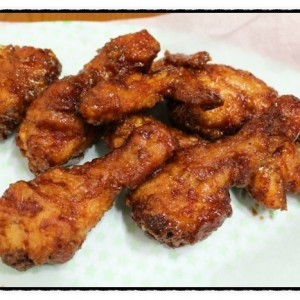 Kyochon Chicken Style, Homemade Soy Sauce Chicken Making5.00(5)
Kyochon Chicken Style, Homemade Soy Sauce Chicken Making5.00(5) -
2
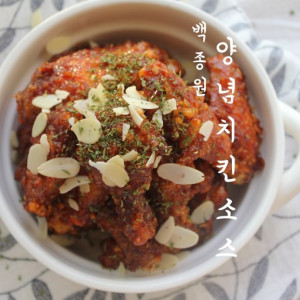 How to make Jongwon Baek seasoned chicken sauce. Making seasoned5.00(23)
How to make Jongwon Baek seasoned chicken sauce. Making seasoned5.00(23) -
3
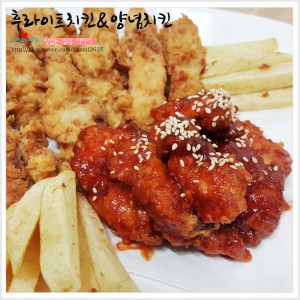 [My Little Television Jongwon Baek Chicken] Making chicken at ho4.92(12)
[My Little Television Jongwon Baek Chicken] Making chicken at ho4.92(12) -
4
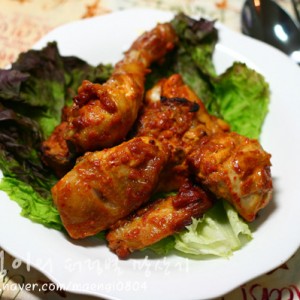 Making tandoori chicken5.00(6)
Making tandoori chicken5.00(6)
-
- Bibimbap Recommended recipe
-
-
1
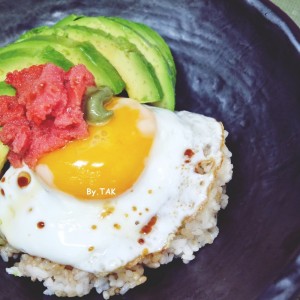 Avocado pollack roe bibimbap. Make it simple.*5.00(11)
Avocado pollack roe bibimbap. Make it simple.*5.00(11) -
2
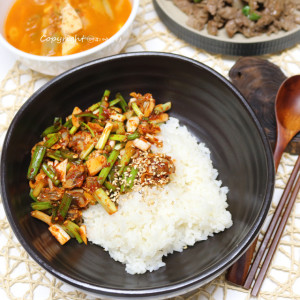 I strongly recommend the golden recipe for cockle bibimbap! (How5.00(9)
I strongly recommend the golden recipe for cockle bibimbap! (How5.00(9) -
3
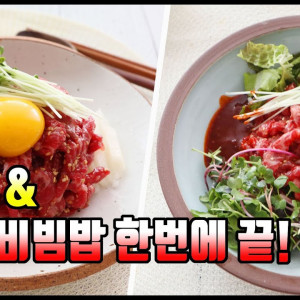 Making raw beef and raw beef bibimbap. I like the clean taste.5.00(10)
Making raw beef and raw beef bibimbap. I like the clean taste.5.00(10) -
4
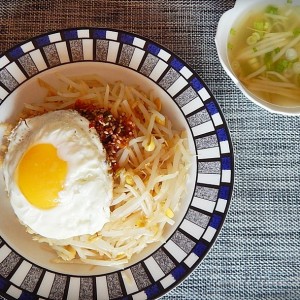 When there are no side dishes, "Bean sprout bibimbap" is the tru4.97(94)
When there are no side dishes, "Bean sprout bibimbap" is the tru4.97(94)
-